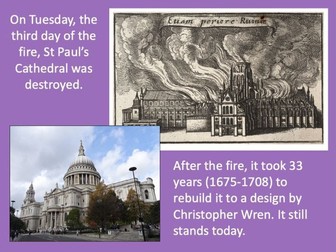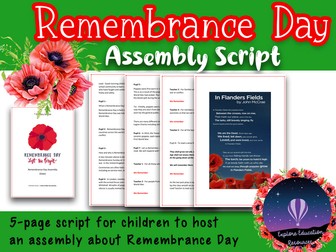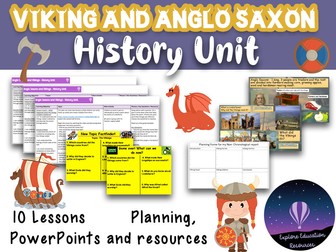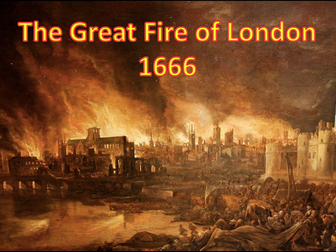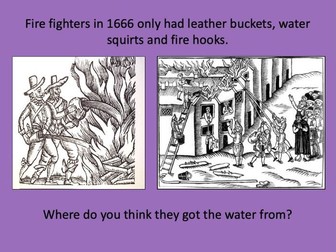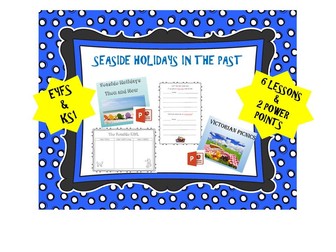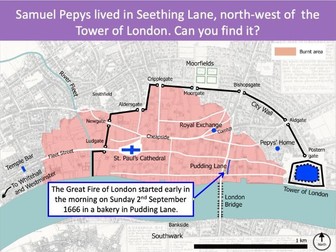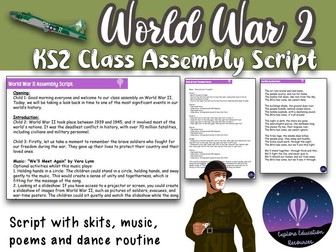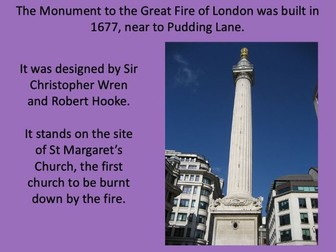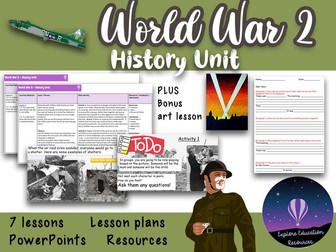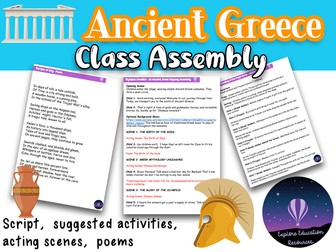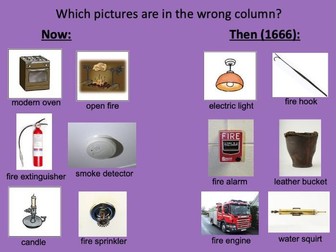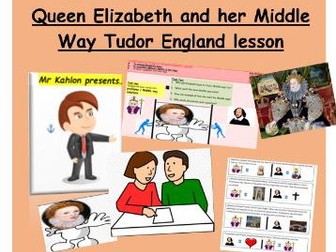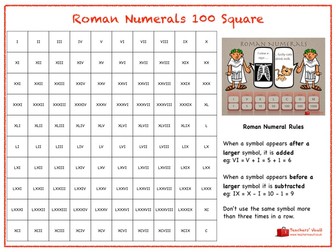
Great Fire of London - KS1 - Sequencing the events of the Great Fire of London
This set of resources is designed for teaching the Great Fire of London KS1 History unit. You can download the planning for free here. It is suitable for Year 2 children and more able Year 1 children.
The presentation introduces key vocabulary and then takes children through the main events of the Great Fire of London in 1666. The follow-up activity helps children chronologically order these events over the five days of the disaster.
It is recommended that children do the sequencing activity in mixed ability pairs. If necessary, it is possible to stick the activity into an exercise book.
If you like this resource, we would appreciate a review! We will happily send you a free resource in return for a review or useful suggestions/feedback. Contact us at ed@teachitforward.co.uk.
